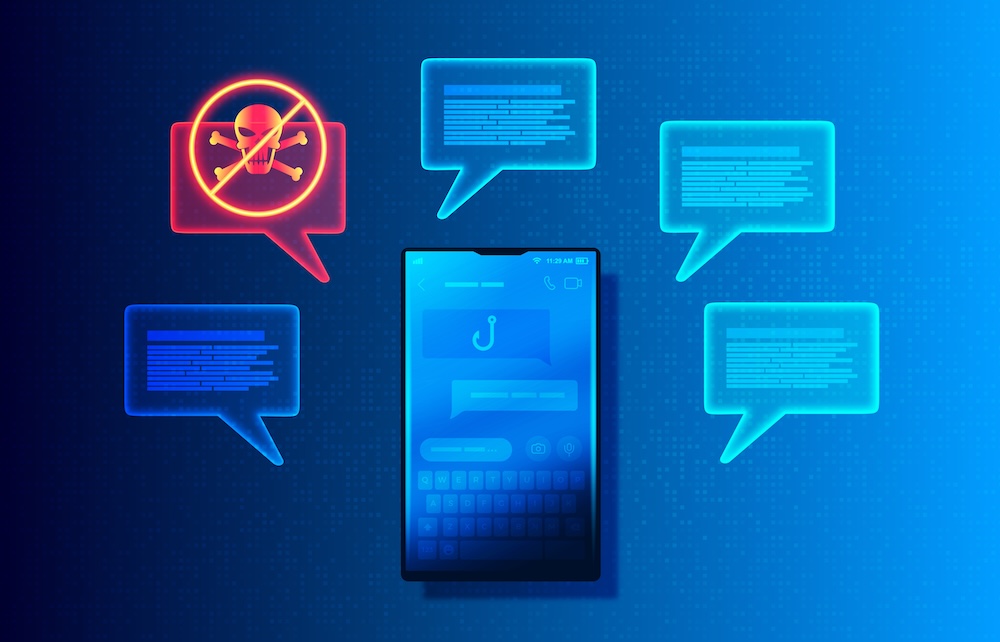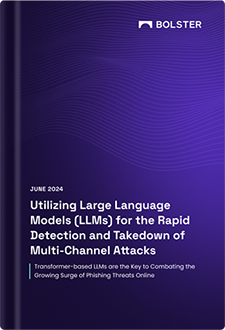Phishing is a widespread cyber threat that involves tricking individuals into divulging sensitive information or installing malware. But while individual phishing attacks are often discussed, phishing campaigns – an organized series of phishing attempts – are equally significant, and perhaps even more dangerous in their scope and impact.
What is a Phishing Campaign?
A phishing campaign is a coordinated series of phishing attacks executed over a period, targeting multiple individuals or organizations. Unlike a single phishing attack, which may be opportunistic and short-term, a phishing campaign is meticulously planned and executed with broader objectives. These campaigns often leverage various communication channels to reach a wide audience and maximize impact.
Phishing campaigns are designed to achieve specific malicious objectives, such as:
Harvesting a large amount of sensitive data: Campaigns often aim to collect data from numerous victims to sell on the black market or use in further attacks.
Spreading malware widely: By targeting many individuals, campaigns increase the chances of infecting more systems with malware.
Read more: Malware vs. Ransomware
Undermining an organization’s security posture: Persistent and widespread attacks can weaken an organization’s defenses, making them more vulnerable to future attacks.
Financial gain: Cybercriminals might use campaigns to carry out fraud, steal money, or extract ransoms from organizations.
How Phishing Campaigns Work
Target Identification
Cybercriminals begin by identifying potential targets. This can involve research to gather information about individuals or organizations, often using publicly available data or information obtained from previous breaches.
Crafting Convincing Messages
Attackers create convincing phishing messages designed to deceive recipients. These messages can take various forms, such as emails, social media messages, or SMS, and often mimic legitimate communications from trusted sources.
Learn about smishing attacks, vishing, and social media spoofing
Deployment
The phishing messages are sent out to the targeted individuals or organizations. This can happen all at once or in waves, depending on the campaign’s strategy.
Exploitation
When recipients interact with the phishing messages (e.g., clicking on a link or providing sensitive information), the attackers exploit this interaction to achieve their objectives, such as stealing data or installing malware.
Follow-Up Actions
Successful phishing campaigns often involve follow-up actions, such as using the stolen information for further attacks or selling it on the dark web.
Examples of Phishing Campaigns
One notable example of a phishing campaign is the 2016 attack on Democratic National Committee (DNC) staffers. Hackers sent spear-phishing emails to numerous individuals within the DNC, leading to the compromise of email accounts and the leak of sensitive information. This campaign was well-coordinated, with emails crafted to appear as legitimate Google security alerts.
Another example is the Emotet malware campaign, which used phishing emails to distribute malware that could steal financial data and install additional malicious software. The campaign targeted a wide range of organizations and was known for its sophistication and adaptability.
Defending Against Phishing Campaigns
Given the complexity and persistence of phishing campaigns, defending against them requires awareness, tools, audits, and more.
Awareness and Training
Educating employees about the signs of phishing and the importance of reporting suspicious activities is crucial. Regular training sessions and simulated phishing exercises can help reinforce this knowledge.
Advanced Email Filtering
Implementing robust email security solutions that can detect and block phishing attempts before they reach the inbox is essential. These solutions can use machine learning and threat intelligence to identify and mitigate phishing threats.
Read more about how to check spoofed emails in Outlook
Regular Security Audits
Conducting frequent assessments of security systems to identify vulnerabilities and improve defenses helps ensure that security measures are up-to-date and effective.
Multi-Factor Authentication (MFA)
Using MFA for accessing sensitive systems and data adds an extra layer of security, making it harder for attackers to gain unauthorized access even if they manage to steal credentials.
Incident Response Planning
Having a well-defined incident response plan in place ensures that organizations can quickly and effectively respond to phishing incidents, minimizing damage and recovery time.
Conclusion
Phishing campaigns represent a significant threat in the cybersecurity landscape. By understanding how these campaigns work and implementing comprehensive defense strategies, individuals and organizations can better protect themselves against these organized and persistent attacks.
Staying informed and vigilant is key to staying one step ahead of cybercriminals and safeguarding sensitive information.
Bolster proactively monitors for potential threats and provides options for neutralizing those threats. Request a demo with us today to start protecting your business.






